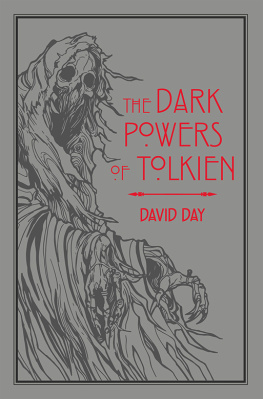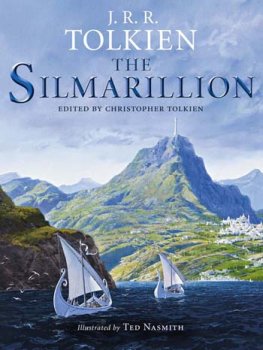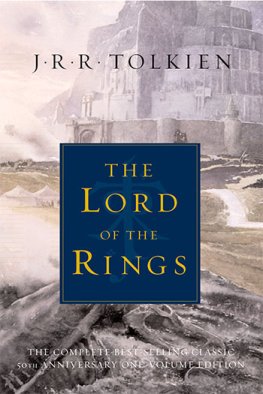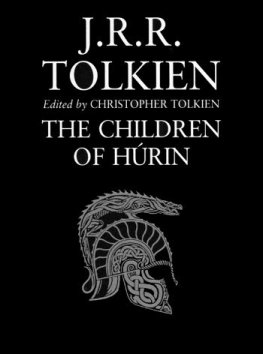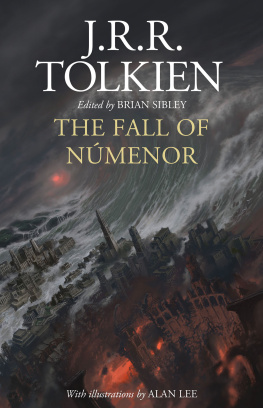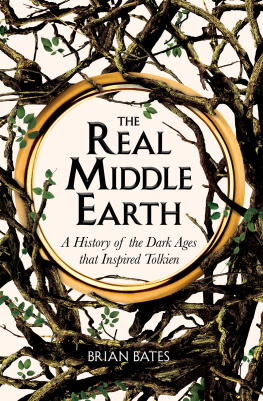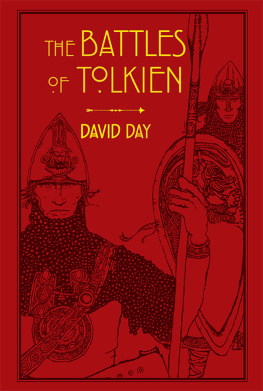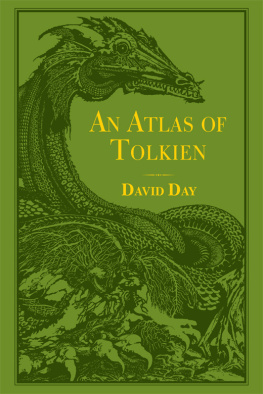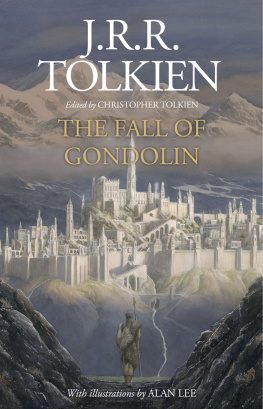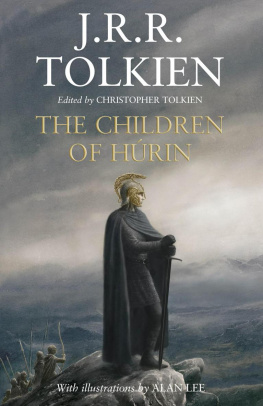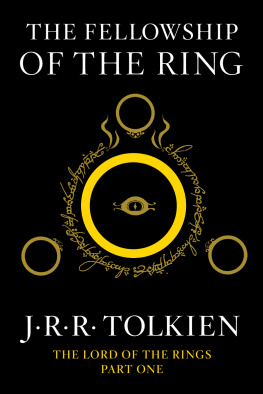CONTENTS


PART ONE:
MELKOR AND THE ORIGIN OF EVIL

PART TWO:
MORGOTH THE DARK ENEMY IN THE FIRST AGE

PART THREE:
SAURON THE RING LORD IN THE SECOND AGE

PART FOUR:
SAURON THE NECROMANCER IN THE THIRD AGE

PART FIVE:
THE WAR OF THE RING


Without villains, there can be no heroes. The narrative drive of any heroic tale is dependent on the formidable challenge posed by its darkest forces. Consequently, we often discover that the readers fascination with any story is related less to the virtues of the hero and rather more to the machinations of the villain and his or her evil alliance with dark powers.
The Devil has all the best tunes is an old adage in music that applies equally to literature, and there are few authors who can rival J. R. R. Tolkien in his creation of archetypal villains, races of evil beings, supernatural entities and terrifying monsters. Indeed, his inventive creations in Middle-earth include all manner of things: evil and good, high and low, remarkable and ordinary. As Tolkien once explained: Without the high and noble the simple and vulgar is utterly mean; and without the simple and ordinary the noble and heroic is meaningless.
It was William Blake who infamously argued that Miltons portrayal of Satan in Paradise Lost was so magnificent that, like any true poet, he was of the Devils party without knowing it. One might perhaps say something similar about Tolkiens creation of two truly satanic villains: Melkor, the Beginner of Evil, and his disciple Sauron, the Lord of the Rings.
In The Dark Powers of Tolkien, we examine both these mighty antagonistic forces at work in Tolkiens writing and the very nature of evil itself. As a Christian medieval scholar, Tolkiens profound moral and philosophical convictions deeply inform the narrative that plays out in his imaginary pre- or extra-Christian world.
The most common fatal flaw of his antagonists is consistent with the biblical proverb Pride goeth before destruction, and a haughty spirit before a fall (Proverbs 16:18). Aristotle defined this kind of pride as hubris, the tragic flaw of noble characters whose downfall is the result of arrogance or overconfidence. Indeed, throughout Tolkiens writing, there is an element of pride and the desire for power, wealth or fame that often overcomes the most worthy and the most unworthy alike.
In Tolkiens own view, within the world of Elves and Men, evil can and does arise from an apparently good root, the desire to benefit the world and others. This may result in the pursuit of power and the imposition of one will over the many, which inevitably end in tyranny, or, in Tolkiens own words, in sheer Domination. There are other motives, of course: the pursuit of knowledge at the cost of wisdom, as seen in such vivid examples as Sauron and Saruman; and the very human desire to escape death and seek immortality, as evidenced by Tolkiens Atlantis-like tale of Akallabth, telling the story of the downfall of Nmenor.
In The Heroes of Tolkien, I argued that the bloodlines of heroes were of immense importance in Tolkien, and showed how they could be traced back over thousands of years to their semi-divine origins. I also pointed out that the often immense backstories of Tolkiens heroes and heroines are deeply intertwined with those of their ancestors and ultimately linked to the fates of dynasties and nations.
The same is certainly true of Tolkiens villains and dark forces. To entirely understand ancient feuds and hatreds between nations, races and empires in The Lord of the Rings, one must explore thousands of years of Middle-earth history back to the days before the lands of Beleriand and the kingdom of Nmenor sank beneath the seas. And to fully understand the source of evil directing events in the War of the Ring we must look back into the forces that brought about the creation of Arda (the earth) itself and even a time before the World and Time itself came into existence.
The Dark Powers of Tolkien is organized in such a manner as to place the emergence and evolution of those powers in their appropriate historical context and chronological order. This has been done to provide readers particularly those of

